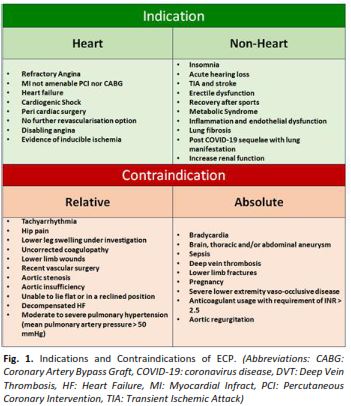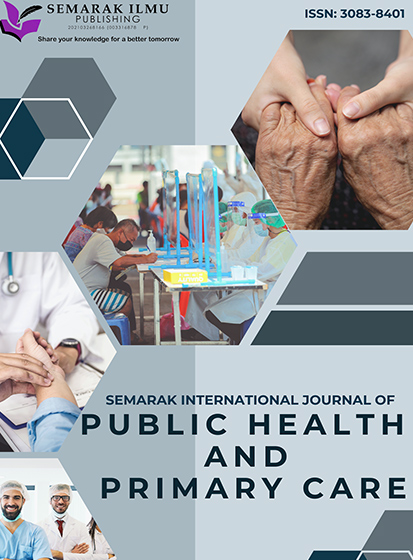Preparation, Steps, Optimisation, and Troubleshooting the External Counterpulsation (ECP) Device in Regenerative Cardiology - A Clinical Protocol
DOI:
https://doi.org/10.37934/sijphpc.3.1.120Keywords:
Counterpulsation, external counterpulsation, enhanced external counterpulsation, ECP, EECP, cardiac rehabilitation, collateral, angiogenesis, IABPAbstract
Heart-related deaths persist worldwide at high rates. As if adding fuel to fire, the global burden, the cost of cardiovascular disease events and its treatment have been climbing steadily with time. As both coronary artery disease and heart failure linger among the costliest ailments to treat, salutary options are direly needed. The external counterpulsation (ECP) is a thoroughly underrated, non-invasive biomedical device. It augments the diastolic phase of the cardiac cycle, increases both venous return and cardiac output, and causes arterial shear injury resulting in numerous supraphysiological benefits. The ECP has been widely utilised across the globe in both therapy and research. However, presently there is no protocol paper on this regenerative cardiology device. In this manuscript, we narrate the protocol that covers the preparation, steps, optimisation, and troubleshooting of the ECP. We believe this device should only be handled by qualified individuals since it requires a foundational understanding of medical physics, biomedical engineering, emergency medicine, internal medicine, cardiology, and regenerative medicine to address a variety of potential problems. We also discuss the legislation of the ECP device and the need for regulation. Finally, it is envisaged that this paper will serve as a model for developing future ECP procedures that are condition- and disease-specific.













